A kaleidoscope called Bazaruto
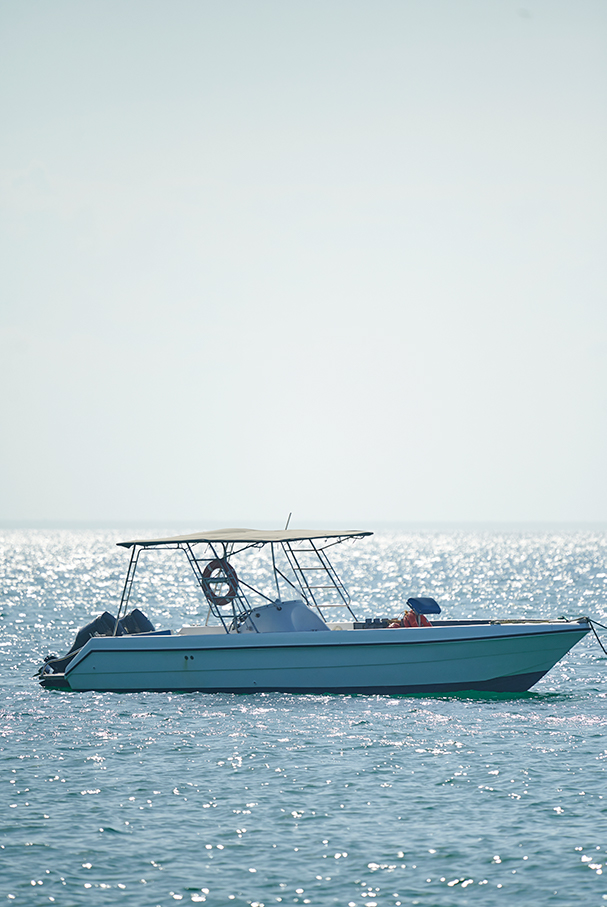
When we reach the top of the dunes, we are 37 km from the mainland, with a privileged view of the horizon
The horizon from the Vilankulo coast doesn’t allow us to distinguish where the sea ends and the sky begins, as if they were extensions of each other. The blue on the long sheet that lies in front of us makes the image of love on the Indian Ocean suggested by the poet Eduardo White come to life.
While the anchor is still resting at the bottom of the sea, the captain gives the heads up: “along the way, we may see dolphins and turtles. Let us know, if you spot them, so we stop.” So we go on the trip with watchful eyes, always alert, to watch this spectacle, which is the dolphins in pirouettes and the turtles with their shells breaching the surface.
The small spots of foam that rise with the waves remind us of silhouettes of dolphins or turtles or dugongs or whales, that those who frequent these stops say they have seen before. We widen our eyes even more, as if nature had already given us what we wanted to see and only our flawed gaze prevented us from seeing it. But the truth is, we would need luck. After a few kilometres made of bumps – the water road also has its potholes – a turtle allows itself to be seen, but for a fleeting moment, making it easier to take a photo with our eyes than to try with a camera. If there are trips that are worth more for the journey than for the destination, this could have been one of them, had it not been for Bazaruto being a journey-destination that offers us new sights at every movement, as if it were a kaleidoscope.
Bazaruto is a destination that offers us new images with each movement
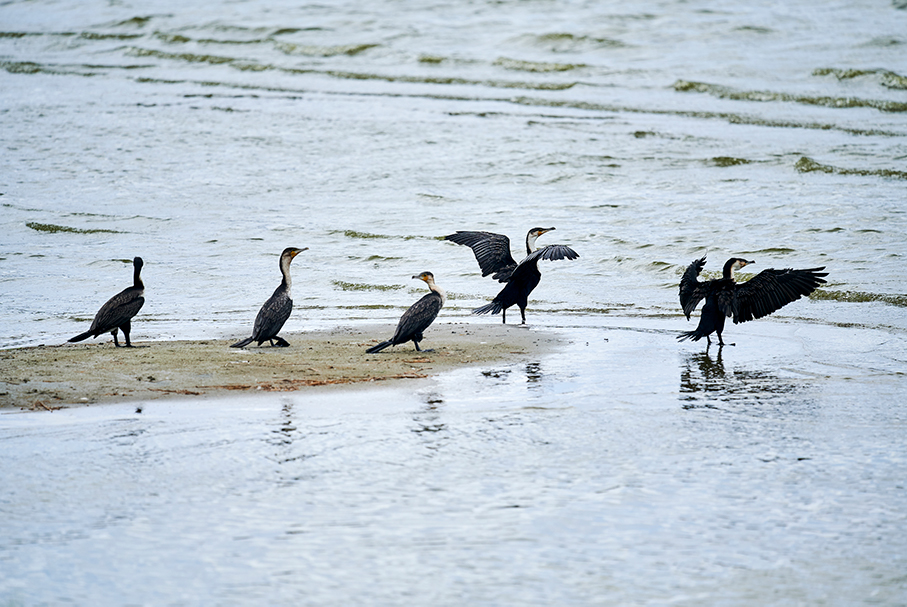
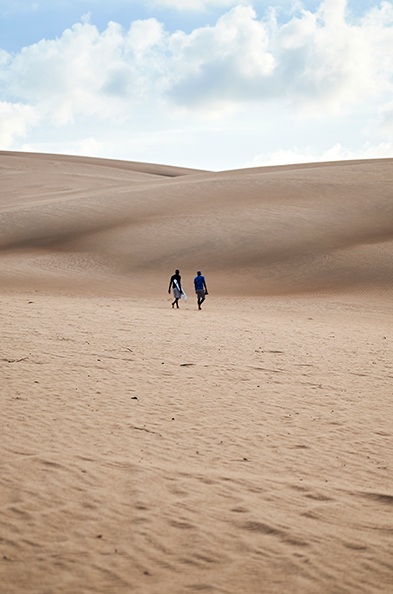
The Anantara Bazaruto Island Resort is the gateway to the largest island, which lends its name to the archipelago, almost 33 km long and about 5 km wide, guardian of a wildlife reserve without many parallels in the world. The fact that Bazaruto is home to the last population of dugongs on the African coast is just one of its business cards.
The afternoon is already long. The first day will be recognition only. With the imperative moon in the sky and the next day’s agenda set on the table, we realize that entering Bazaruto through Anantara is opening the portal to a natural amusement park.
But the next morning arrives closed down, with black clouds denying our major star a lead role. The still damp ground bears witness to the rain that fell at dawn, which in African tradition means blessing but, for us, is a bad omen. If it is true that the islands are made of land surrounded by the sea, it is no less true that the presence of the sun lends another color to the land and the sea. But still, we risk climbing the dunes. After a 30-minute journey on dirt on board an all-terrain vehicle, we arrive at the beginning of the real journey, which would be done with bare feet. (It is less a matter of tradition and more of mobility). Hoofprints made obvious by the dampness of the land draw our attention. “It’s a red kid” – the guide tells us assertively. Throughout the day, we would still come across the animal that refused to be domesticated and strolls free and protected by the forest that is now a reserve.
Climbing the dunes requires deep breaths, the air is humid and the sun starts to creep through the clouds. It’s like climbing a mountain. When we reach the top, we are 37 km from the mainland, with a privileged view of the horizon. Watching the sunrise and sunset here is like watching a slow-motion ping-pong match between the northern and southern gods.
Bazaruto is home to the last population of dugongs off the African coast
With the day completely open, we take the cultural tour of the community. Lourenço Nhassengo, 51 years carving his face and a whole life lived on the Island, is the host. It is he who tells us about the two theories of the origin of the name of the Island. Bazaruto was once Uswulutho, as the natives called it due to the dark fog that characterised it. But the Portuguese pronunciation turned Uswulutho into Bazaruto. For another theory, the name comes from the bazarutanas, shells that are abundant on the Island. Theories aside, Bazaruto is a practical experience.
On the banks of the Mahungwé lagoon, reeds rise with weaver bird nests. The lagoons, which hide crocodiles, turn out to be a favourite spot for birds, especially migratory birds. “More than 187 bird species have been identified here,” Lourenço tells us.
Communities arise as we make our way through wild trees. The houses are circular, made of straw, in lots separated from each other, as if they were also islands. As they hear the sound of the engine of the vehicle that transports us, some children get out with wide smiles on their faces and their hands raised to greet us. It is the cordiality that earned the province of Inhambane the nickname “land of good people”.
The trip to Santa Carolina Island, aboard a speedboat provided by Anantara, marks the beginning of the afternoon. The island is completely transformed into ruin, rubble from an old hotel, but also from an old slave prison, making the space take us back to other times, while the sea hits the rocks and lets us see colorful fish, as if we were in a aquarium in the open.
After an intense day, on the horizon, the sun is slowly swallowed by the sea, another image of this kaleidoscope called Bazaruto.
▶ How to go
Fly with LAM to Vilankulo. Make a reservation at Hotel Anantara, which already has a speedboat transfer from Vilankulo to Bazaruto.
▶ Where to sleep
The only hotel resort is the Anantara. But when you arrive you will realize that the Anantara is not only the only option, but also the best option.
▶ Where to eat
The Anantara’s cuisine provides a variety of dishes, deeply defined by the ingredients of the land and the sea.
▶ What to do
Watch the sunrise or sunset on the dunes. Snorkeling in the corals due to the diversity of marine fauna is an experience that can only be repeated there. A session at the hotel’s spa is relaxing. Santa Carolina is a must.
▶ What To Watch Out For
Hat, sunscreen and water must be part of the kit to climb the dunes. Always wear fresh clothes. Do not get too close to the lagoons. Despite the calm waters, crocodiles are lurking. At the end of the day, remember to put insect repellent.
Issue 65 Jan/Feb | Download
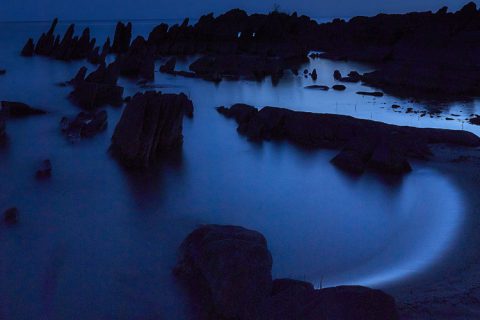
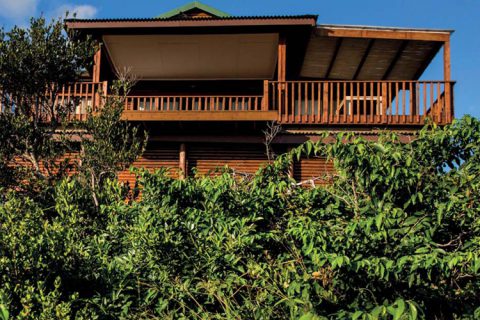




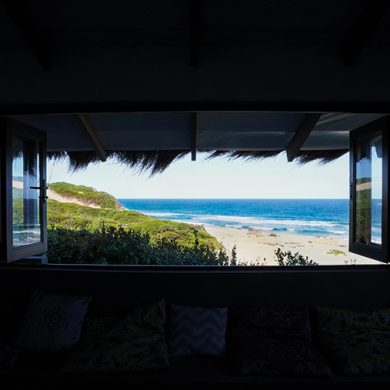
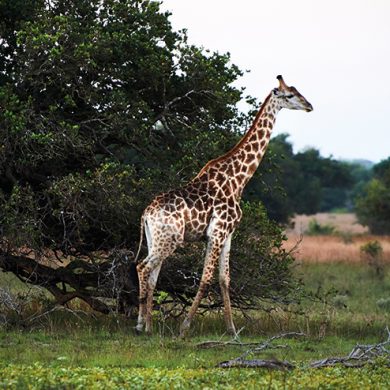
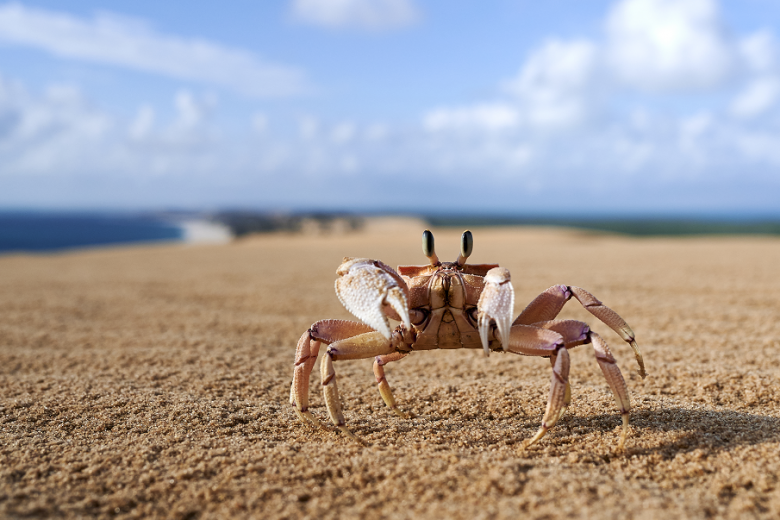
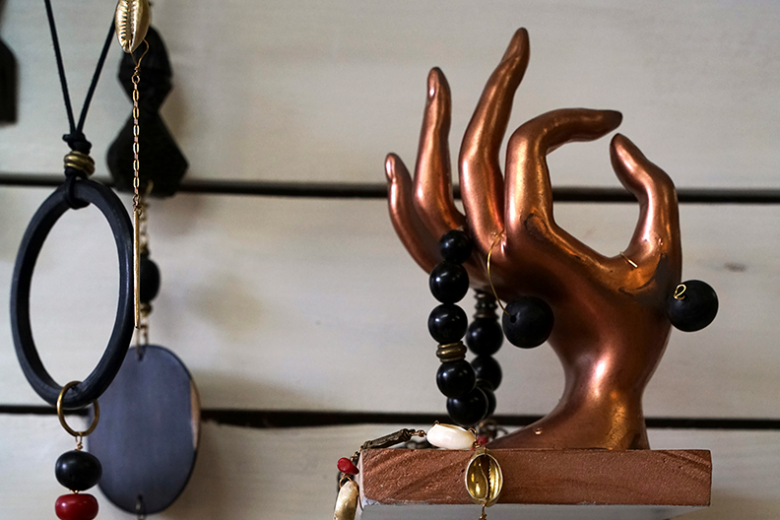

















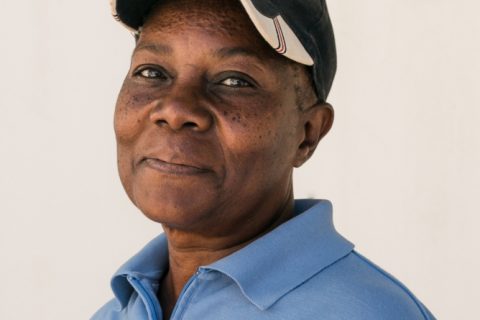
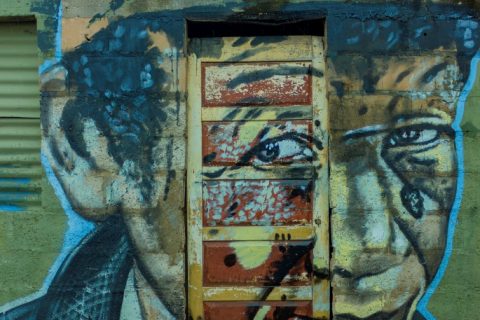


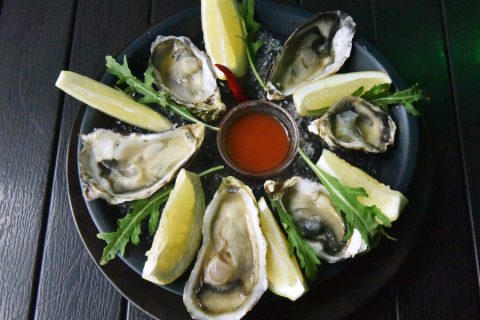
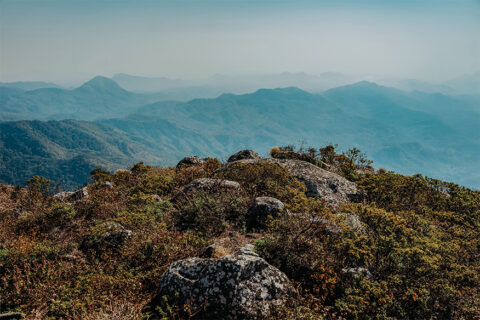


0 Comments